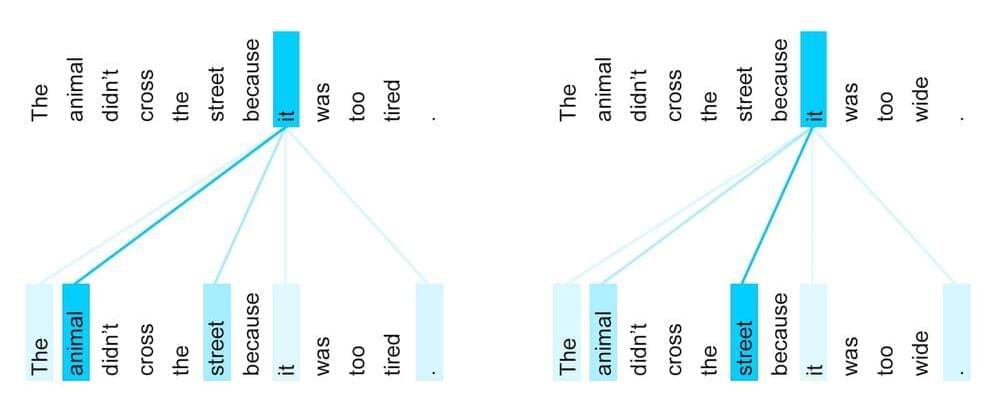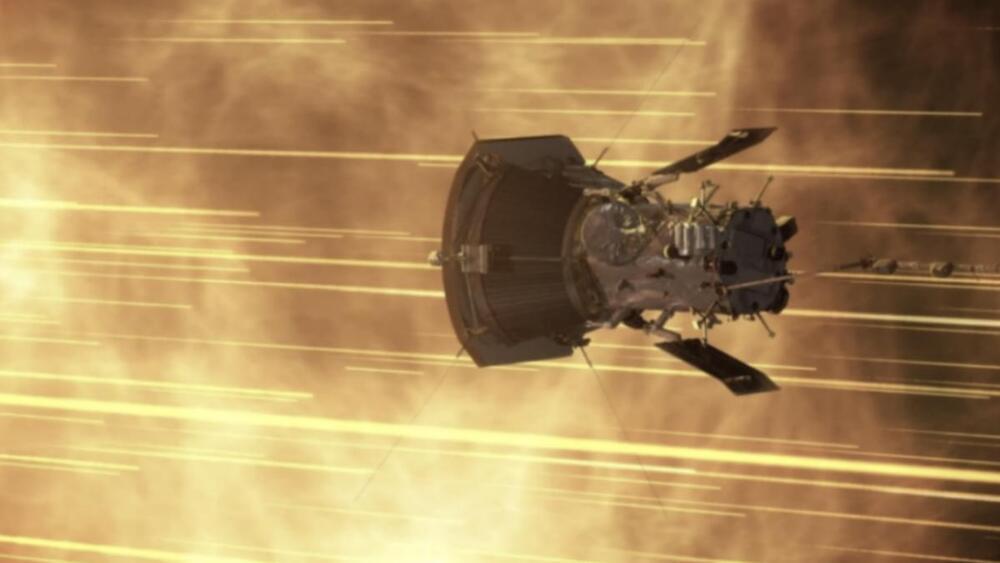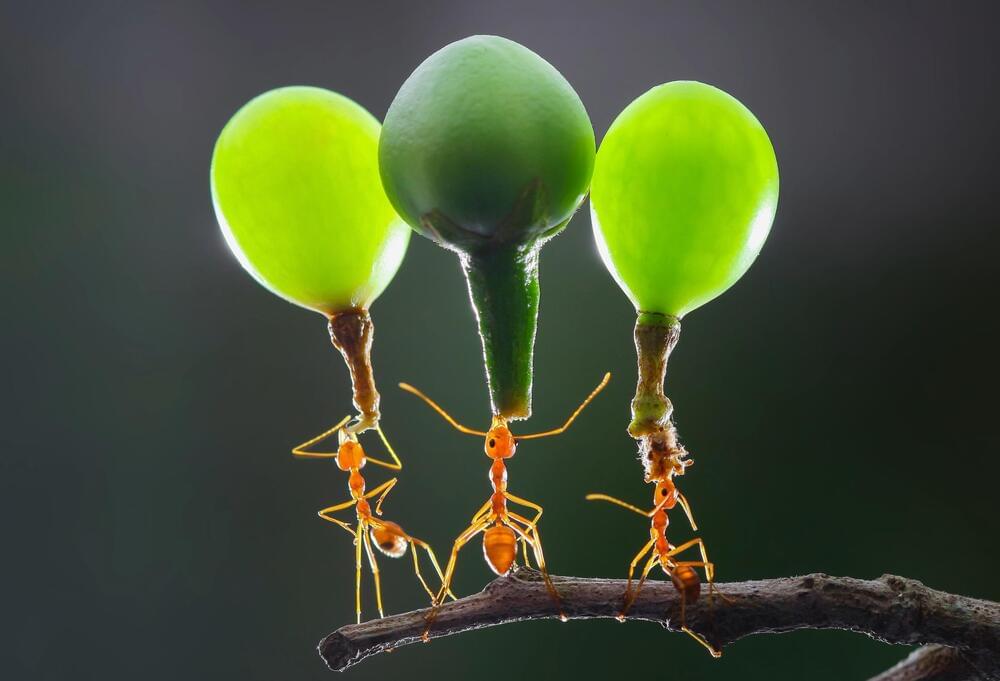Leveraging the success of this new program, just about two years from its launch DeepMind’s AI spinout Isomorphic announced two drug discovery deals, worth $3 billion each, with Eli Lilly and Novartis.
Earlier this year, microprocessor giant NVIDIA also dove head first into AI for drug discovery, making big investments and deals with leaders like Recursion Pharmaceuticals and Genentech.
AI in drug discovery seems to be having a moment.









